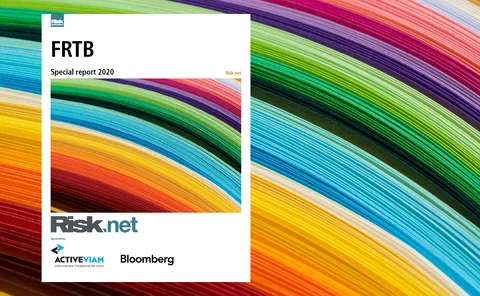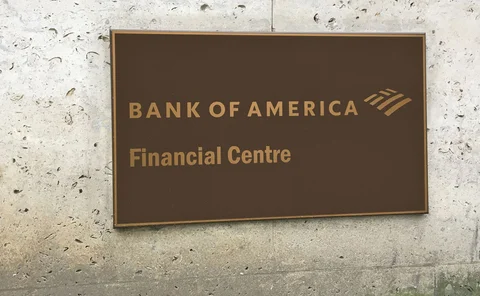FRTB
WHAT IS THIS? The Fundamental Review of the Trading Book (FRTB) is a set of market risk capital rules designed to replace a series of patches introduced after the financial crisis. It seeks to better-capture tail risk, to redraw the boundary between banking and trading books, and to raise the bar for internal models.
The Fundamental Review of the Trading Book and fat tails
Conservative capital buffers may not be enough to protect against tail events
Simm template to be expanded for SA-CCR and FRTB
Crif-plus will capture risk exposures for all instruments, boosting optimisation potential
A review of the foreign exchange base currency approach under the standardized approach of the Fundamental Review of the Trading Book and issues related to the pegged reporting currency
When we adopt the parameters in the BCBS standards to calculate the delta risk charge, anomalies in the risk charges for the same risk exposure are found under different approaches and under different reporting currencies. The anomalies increase when the…
Credit Suisse updates VAR disclosure to cover banking book
Non-trading positions accounted for 31% of market risk exposure in Q3
EU targets late 2024 for FRTB internal model reporting
Final IMA rules to be adopted in mid-2021 with three-year implementation period
The outlook for 2021 – FRTB
Eugene Stern, head of market risk products at Bloomberg, reveals how banks are adapting their strategies in the current environment, and why FRTB affords banks a unique opportunity to develop a unified view on market risk and enhance their overall risk…
Basel FRTB capital impact study confused by outliers
“Conservative estimation” of market risk capital uplift averages 69%
SA-CCR tweak could slash equity risk charge – research
Better calibration would cut equity options exposures in half, research finds
Fed will start FRTB model approvals for US banks in 2021
Senior official says banks should now be deciding desk structure and readying backtests
Isda study reveals size of Covid’s trading book capital hike
Procyclicality led to aggregate 25% rise in market, CVA risk-weighted assets
Differential machine learning: the shape of things to come
A derivative pricing approximation method using neural networks and AAD speeds up calculations
Fed will calibrate NSFR to avoid hurting repo
Fed’s supervision head says final liquidity rule will be fast-tracked without fresh consultation
FRTB – Special report 2020
Throughout FRTB’s troubled gestation, regulators were warned that making the internal models approach too operationally complex and capital-intensive would mean few outside the biggest banks wanted to use it – with the potentially dire consequence that…
FRTB implementation – Covid-19 and Libor pressure
Industry leaders discuss the pressures FRTB is placing on banks’ data infrastructure and systems, how FRTB may constrain banks’ ability to manage future volatility, and the potential complications to implementation caused by such factors as the Covid‑19…
Regulators and banks clash on FRTB capital impact study
Basel and EBA call out two banks for using “overly conservative” survey assumptions
During and after the pandemic – Key challenges for bank treasurers in Asia
From navigating an evolving regulatory landscape to embracing innovation to reduce operational costs, the digital transformation of the treasury function should be a priority to help manage risk in the current environment
EBA relaxes modellability hurdles for market risk capital
Flexibility granted for assessing NMRFs on options, but constraints remain on committed quotes
FRTB comes too late for Covid crisis
Expected shortfall would stop Basel 2.5 duplicate capital charges, but backtesting still a problem
Eurozone banks fear market risk capital hike due to Covid-19
Hopes that ECB will fix double-counting as VAR breaches rise on market volatility
EU banks seek FRTB delay, citing ‘strain’ of virus
Firms want leeway to fight market mayhem, minus burden of new reporting rules
Top 10 op risks 2020: talent risk
Firms struggle to reduce headcount and fill gaps without cutting corners
An internal default risk model: simulation of default times and recovery rates within the new Fundamental Review of the Trading Book framework
This paper presents a new default risk model for market risk that is consistent with these requirements. The recovery rates follow a waterfall model that is based on a minimum entropy principle.
BofA nabs top market risk quant from Deutsche
Move for senior risk analytics exec comes as go-live for FRTB approaches
Outsourced model validation: is it viable?
Consortium promises cost savings in outsourcing model validation, but some say pooling doesn’t float




















